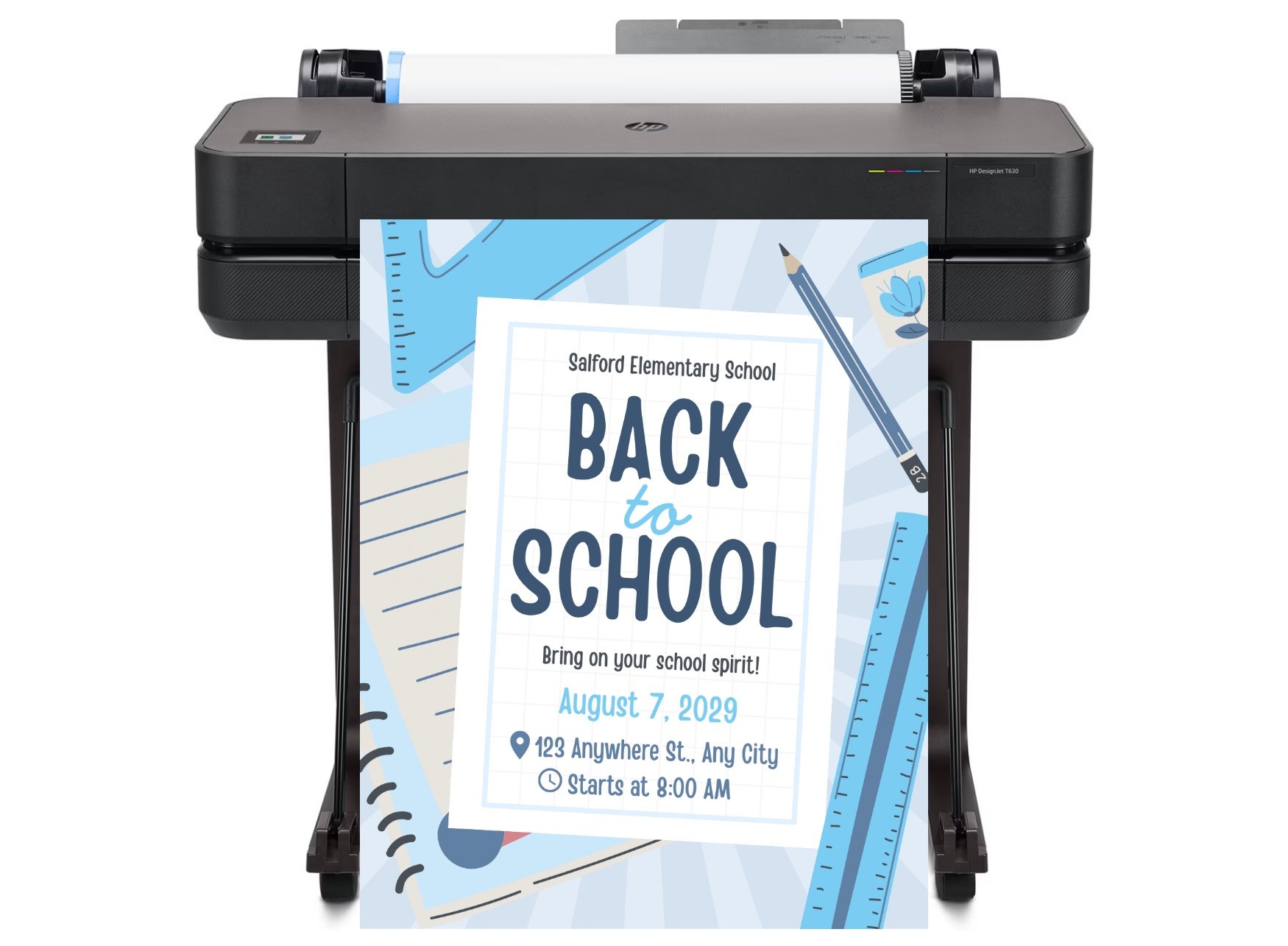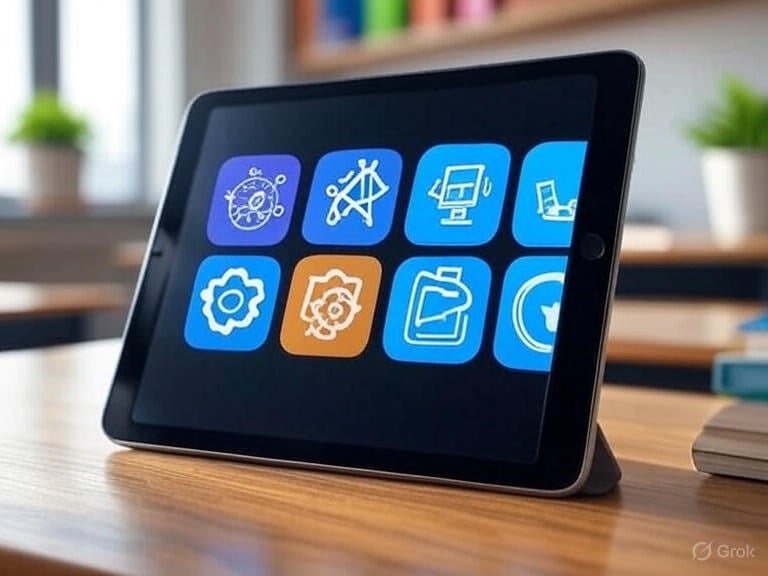
DISCOUNTED EDUCATION PRICING! CALL 1-877-891-8411. We Gladly Accept School Purchase Orders!

In today’s digital age, STEM (Science, Technology, Engineering, and Math) education is more critical than ever. With career opportunities in STEM fields projected to grow significantly—67% of new STEM jobs are in computing alone—students need engaging tools to build skills and spark curiosity. Mobile apps have transformed how students interact with complex concepts, making learning interactive, accessible, and fun. Whether your child is exploring coding for the first time or diving into advanced physics, the right app can make all the difference. In this blog, we explore the 5 best STEM apps for students in 2025, carefully selected for their ability to foster creativity, critical thinking, and real-world problem-solving. From virtual labs to coding adventures, these apps cater to various age groups and learning styles, ensuring every student can thrive.
STEM apps bridge the gap between theoretical knowledge and practical application. They offer hands-on experiences, gamified learning, and real-time feedback, which are crucial for mastering subjects like coding, physics, and engineering. These tools empower students to:
With so many apps available, choosing the best ones can be overwhelming. We’ve curated a list of five standout STEM apps that excel in engagement, educational value, and accessibility. Let’s dive in!
What is Tynker?
Tynker is a leading coding app designed for students ages 4-14, making it one of the most versatile STEM tools available. With over 200 interactive tutorials, Tynker teaches programming concepts like loops, conditionals, and variables through engaging puzzles and game creation. Students can build their own games, control drones, or even program Minecraft mods, blending creativity with technical skills.
Why It’s Great for Students
Tynker’s block-based coding interface is intuitive for beginners, while advanced learners can transition to text-based languages like Python and JavaScript. Its gamified approach keeps students motivated, and the app’s community features allow them to share projects and collaborate with peers. Teachers love Tynker for its classroom integration, offering lesson plans and progress tracking.
Key Features
Who It’s For
Perfect for elementary and middle school students interested in coding, game design, or robotics. Parents and educators can use Tynker to introduce programming in a fun, low-pressure way.
Pricing
Free basic version; premium plans start at $6.99/month for full access to advanced courses.
Snippet: Tynker teaches kids coding through fun, interactive tutorials, letting them create games and program drones. Ideal for ages 4-14, it’s a top STEM app for budding programmers.
What is Labster?
Labster brings science to life with virtual lab simulations for biology, chemistry, and physics. Used by universities and high schools worldwide, Labster immerses students in realistic lab environments where they can conduct experiments, analyze data, and solve real-world problems—all without the need for physical equipment.
Why It’s Great for Students
Labster’s simulations make complex scientific concepts accessible. Students can explore DNA sequencing, chemical reactions, or ecological systems in a safe, virtual setting. The app’s adaptive feedback helps students learn from mistakes, and its alignment with standards like NGSS (Next Generation Science Standards) ensures educational rigor. For older students, Labster bridges the gap between classroom learning and real-world research.
Key Features
Who It’s For
Ideal for high school and college students studying science, as well as educators looking to supplement lab-based learning.
Pricing
Free access to select simulations; institutional subscriptions vary, with student access often included in school licenses.
Snippet: Labster’s virtual labs let students explore biology, chemistry, and physics through immersive simulations, perfect for high school and college learners.
What is GeoGebra?
GeoGebra is a dynamic mathematics app that combines geometry, algebra, calculus, and graphing tools. Used by millions of students and teachers, it allows users to visualize mathematical concepts through interactive graphs, 3D models, and simulations.
Why It’s Great for Students
GeoGebra makes abstract math tangible by letting students manipulate equations and shapes in real time. Whether plotting a quadratic function or exploring 3D geometry, the app helps students see the “why” behind math. Its collaborative features allow group work, and a vast library of community-created resources provides endless learning opportunities.
Key Features
Who It’s For
Students in middle school through college, especially visual learners who struggle with traditional math instruction.
Pricing
Completely free with no premium tiers, making it accessible for all.
Snippet: GeoGebra transforms math with interactive graphs and 3D models, helping students from middle school to college visualize complex concepts for free.
What is ScratchJr?
Developed by MIT, ScratchJr is a free coding app for children ages 5-7. It introduces programming through colorful, block-based interfaces where kids create interactive stories and games. ScratchJr fosters creativity while teaching foundational coding concepts.
Why It’s Great for Students
ScratchJr’s drag-and-drop interface is perfect for young learners who can’t yet read fluently. By arranging blocks to animate characters, kids learn logic and sequencing without realizing they’re coding. The app encourages storytelling and problem-solving, making it a fantastic entry point to STEM.
Key Features
Who It’s For
Young children (ages 5-7) new to coding, as well as parents and teachers looking to introduce STEM early.
Pricing
Completely free.
Snippet: ScratchJr, developed by MIT, teaches kids ages 5-7 coding through fun, drag-and-drop storytelling, making it a perfect STEM starter.
What is NASA Science?
The NASA Science app brings the wonders of space to students’ fingertips. With high-resolution images, videos, and interactive content, it covers topics from astrophysics to climate science. Students can explore Mars, track satellites, or contribute to real NASA missions.
Why It’s Great for Students
NASA Science inspires awe and curiosity, connecting students to real-world science. Its interactive globe lets users explore climate data, while citizen science projects allow them to contribute to NASA’s research. The app’s rich media and articles make complex topics accessible and engaging.
Key Features
Who It’s For
Students of all ages, particularly those interested in space, astronomy, or environmental science.
Pricing
Completely free.
Snippet: NASA Science app lets students explore space and contribute to real missions, offering free, engaging content for all ages.
Selecting the best STEM app depends on your student’s age, interests, and learning goals. Here are some tips to guide your choice:
Snippet: Choose the right STEM app by matching your student’s age, interests, and learning goals with engaging, educational tools like Tynker or Labster.
STEM apps do more than teach facts—they cultivate skills like problem-solving, creativity, and collaboration. By making learning interactive, they help students retain knowledge and develop a passion for discovery. For example, Tynker’s game creation fosters creativity, while Labster’s simulations prepare students for real-world science careers. These apps also make STEM accessible to diverse learners, including those who may not thrive in traditional classrooms.
Snippet: STEM apps like Tynker and Labster boost creativity and problem-solving, preparing students for future careers in science and technology.
Teachers can maximize the impact of STEM apps by integrating them into lesson plans. Here’s how:
Snippet: Teachers can enhance STEM lessons with apps like GeoGebra for math or NASA Science for space projects, fostering engagement and collaboration.
The apps highlighted here—Tynker, Labster, GeoGebra, ScratchJr, and NASA Science—stand out for their innovation, accessibility, and educational impact. They align with modern learning needs, offering interactive, student-centered experiences that prepare kids for a tech-driven future. Whether your student is coding their first game or exploring the cosmos, these apps provide the tools to succeed.
Snippet: In 2025, Tynker, Labster, GeoGebra, ScratchJr, and NASA Science lead as top STEM apps, offering innovative learning for all students.
STEM apps are revolutionizing education by making science, technology, engineering, and math accessible and engaging. From Tynker’s coding adventures to NASA Science’s cosmic explorations, these tools empower students to explore, create, and dream big. By incorporating these apps into learning, parents and educators can inspire the next generation of innovators. Download one of these apps today and watch your student’s curiosity soar!
Snippet: Empower students with top STEM apps like Tynker and NASA Science, sparking curiosity and preparing them for a tech-driven future.